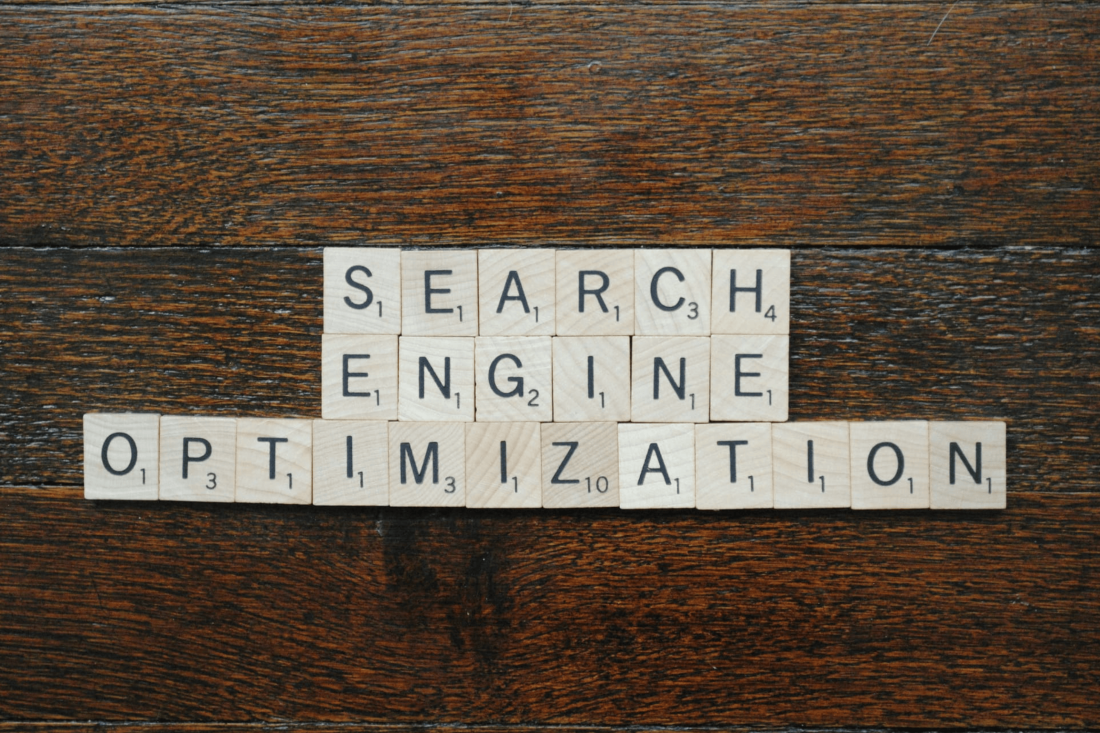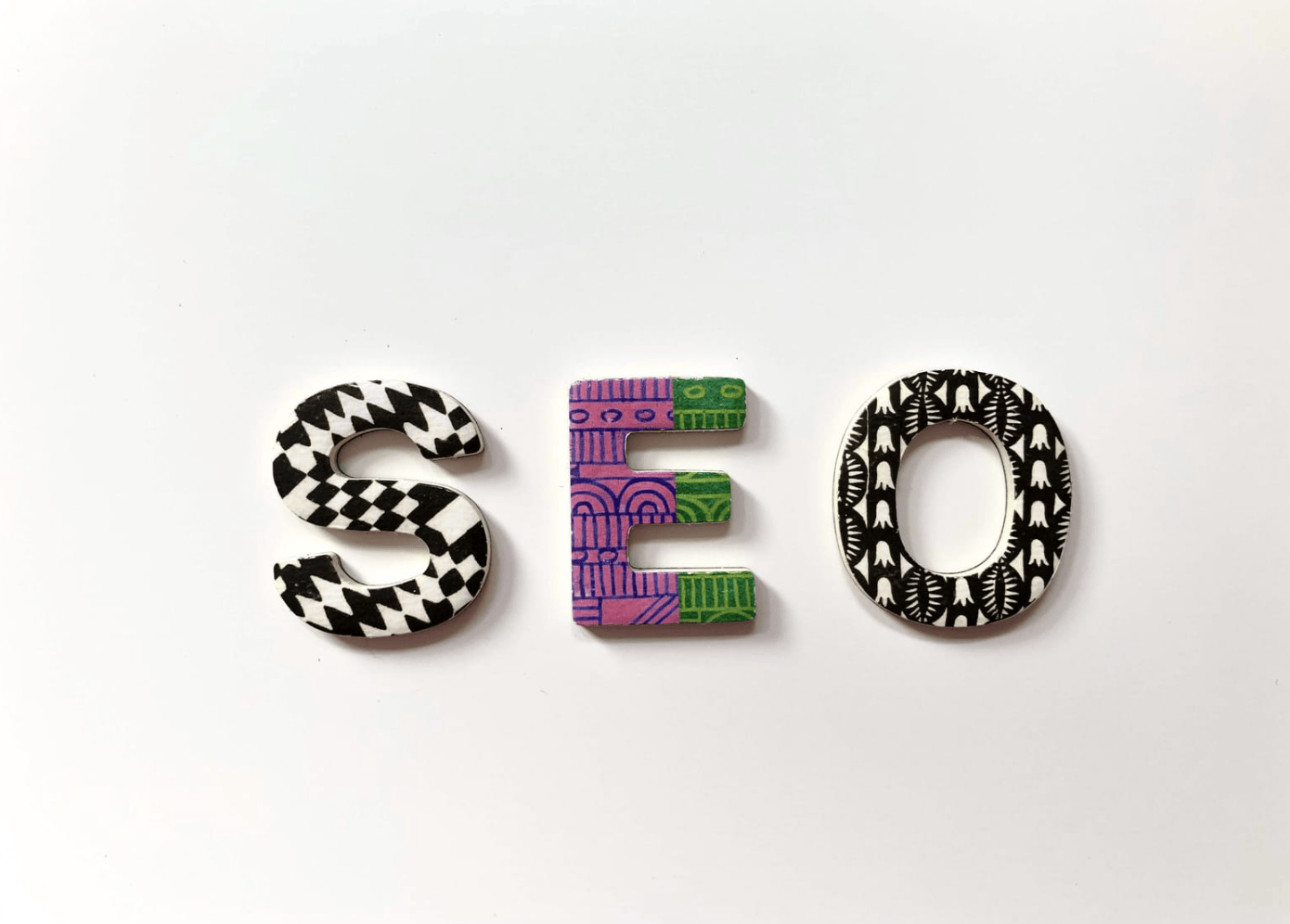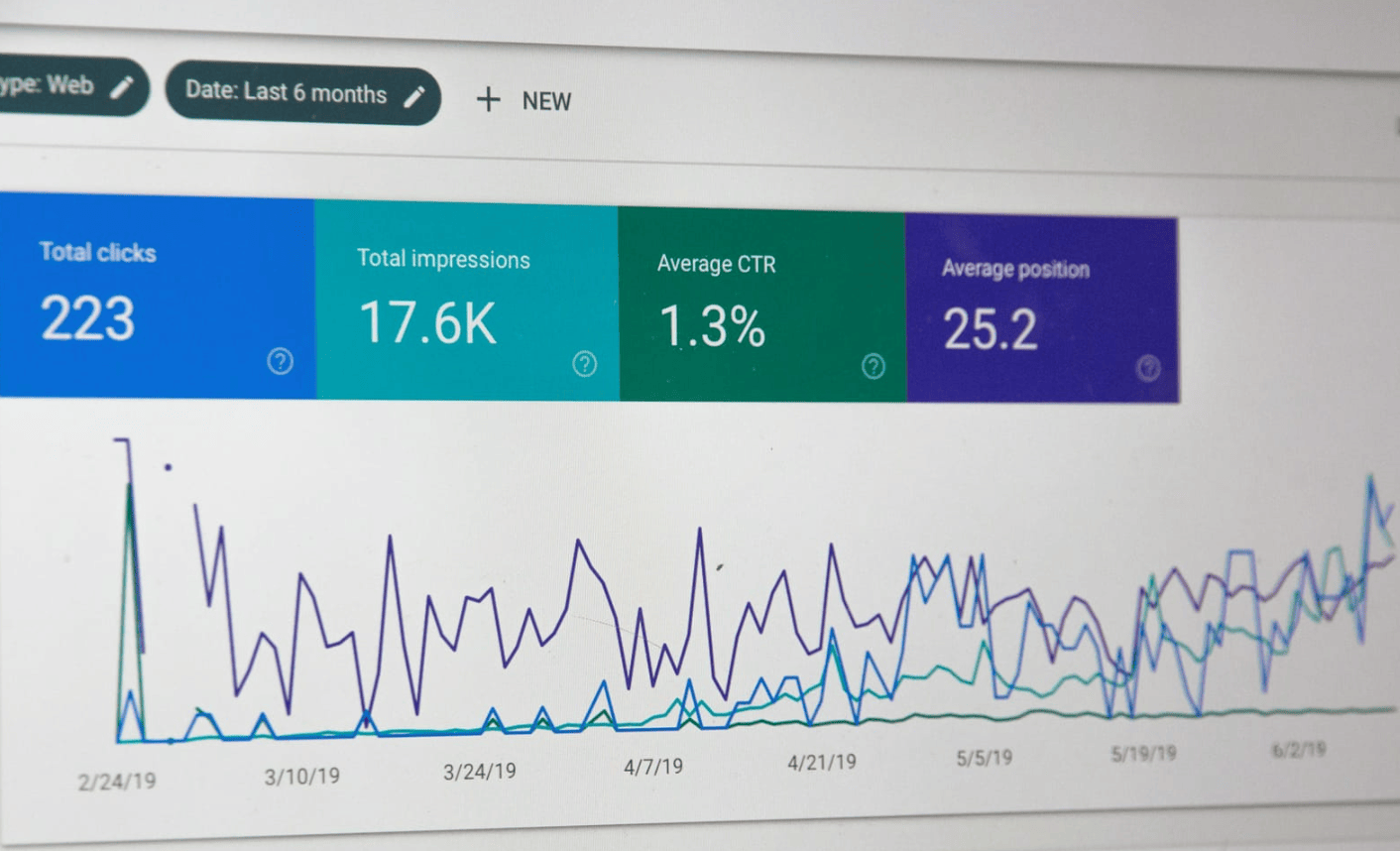How To Improve SEO For Shopify In 12 Simple Steps

SEO for Shopify can feel overwhelming. There’s so much to learn, and the stakes are high. First, you must figure out how to make your Shopify store SEO-friendly. Then, you have to keep up with all the changes and updates. That’s a lot of pressure! To make matters worse, the longer you optimize your store for SEO, the longer it takes to start driving organic traffic, sales, and revenue.
But what's worse than having no SEO for Shopify skills? Having no skills ... and no AI SEO skills. If you're just getting started with SEO for Shopify, preparing for AI SEO should be at the top of your priority list. AI is changing how SEO works, and understanding its impact will help you adapt to the inevitable changes that will come with the next updates.
In this guide, we'll illustrate how to optimize your Shopify store for SEO and prepare for the impact of AI on SEO. To simplify things, we'll introduce you to the SEO tool that can help you get started as quickly as possible: Journalist's AI article writer. This tool can help you generate content for your blog, create SEO-friendly articles, and even auto-publish them to your Shopify store.
What is Shopify SEO?

Many shoppers start their product searches on Google, Bing, or another search engine. When someone enters a query, the search engine sorts through its index of websites to find the most relevant results. The search engine then ranks those results and shows them to the user in order of relevance.
Search engine optimization, or SEO, helps improve your store’s ranking on search engine results pages (SERPs). The higher your store ranks, the more likely customers will find your store and not your competitors when searching for products online. Many factors can make your online store appear higher in search results. These include:
the number of natural (not paid or social media) links pointing to your store from other websites
the authority of the website based on engagement and other factors
the age of your domain name
website structure and content that is optimized for search engines
When new to selling online, it can be challenging to do much about the first three factors. Building a reputation for your brand and getting other sites to link to yours takes time. You can plan for the long term in your content strategy.
In the short term, the easiest way to get more traffic to your online store is to optimize your content so that a search engine recognizes it as relevant to queries related to your products. This is what we mean by SEO.
Check out this comprehensive video tutorial on SEO for Shopify:
How Do I Add SEO To My Shopify Home Page?

Meta descriptions and page titles in Shopify let search engines know what your website is about. When you optimize these settings for SEO, your site will rank higher for relevant queries.
Next time someone searches for something related to your business, Google will show your page and its description in the search results. An optimized description will help your target audience understand what your page is about, helping you attract exemplary visitors to your Shopify store.
Related Reading
Why Is SEO For Shopify Important For Your eCommerce Business

1. Reflecting Your Brand’s Search Engine Position:
Shopify SEO Matters SEO for Shopify helps you improve your search engine position to reflect your brand’s reputation. Shopify is one of the most popular eCommerce platforms, and it’s no surprise why. The platform is user-friendly and has built-in SEO features that make it easy for eCommerce businesses to optimize their online stores for search. With Shopify, you can raise your search engine ranking to improve your online visibility and attract more potential customers. One factor that makes Shopify SEO essential for eCommerce is the ability to manage a Shopify SEO strategy affordably while generating and gaining leads. In addition, operating an eCommerce store is more expensive; you need to invest in Shopify SEO services that will help to save expenses without wasting time on your advertising campaigns. You can use Shopify SEO methodologies like keyword research and on-page SEO to help increase search engine rankings. You may include high-volume keywords in meta titles, headings, descriptions, etc.
2. Boosting Revenue
Shopify SEO Generates High Returns The higher your search engine ranking, the more revenue you can generate for your online store. SEO for Shopify is free and can help you make money for your business. For instance, Shopify Store SEO can help you generate higher returns on your spending, typically multifold.
Also, Shopify Store SEO is cost-effective and can generate long-term returns if you are patient enough and try different optimization strategies. The return on investments is generally higher than all other alternatives, such as affiliate marketing, paid ads, influencer marketing, etc. However, you may predict the revenue of your Google Ads campaign with the help of a Google Ads revenue calculator.
3. Save Time
Let the Experts Handle Your Shopify SEO Strategy While anyone can learn the basics of Shopify SEO, optimizing a website for search engines is complex. Therefore, going for professional Shopify SEO can reduce your workload. You may have much free time to improve and scale your business.
Allowing a Shopify SEO expert to work for you is also a time saver. The Shopify SEO professional can use extensive field experience to deliver work effectively. Also, Shopify Store SEO saves you time, leverages expert knowledge, and ensures your store is consistently optimized for peak performance. By doing so, you can focus on other essential business areas, leading to sustained growth and success in the competitive eCommerce environment.
4. Technical SEO Expertise
What Makes Shopify SEO Unique? Shopify technical SEO highlights the platform's unique SEO challenges and opportunities. A Shopify SEO agency can personalize its approach for each client store to boost your store's performance and overcome any problems.
The best SEO for Shopify is also technical SEO, which makes up 20% of your SEO performance. While that number may look small, optimizing each factor is vital for boosting your Shopify store's performance. This helps you to retain visitors and turn your browsers into buyers.
5. Advanced Analytics for Data-Driven Decisions
The eCommerce environment is constantly changing. Therefore, a Shopify SEO agency should ideally be abreast of the latest market trends and ready to adapt your SEO Strategy to maintain your competitive edge. To do so, Shopify SEO uses advanced analytics tools to track your store’s performance, which will help you make data-driven decisions. This data is used to refine your Shopify SEO audit, tailoring it to meet the requirements and expectations of your target audience.
How To Improve SEO For Shopify In 12 Simple Steps

1. Set Up a Logical Site Structure
Website architecture is how your web pages are organized and relate to each other via internal links (links on your pages that lead to other pages on your site). A good site structure groups related content together and follows a logical hierarchy. So both users and search engines can find and understand your pages. 8000 Kicks is a shoe brand with an obvious site structure.
It has the following pages accessible to users immediately through a top menu: Homepage Category pages for products (Men, Women, Backpacks, Accessories, etc.) Subcategory pages (Socks, Wallet, Pouch, Laptop Case, etc.) Product pages: Most importantly, ensure there are no pages with no internal links pointing to them. These are called orphan pages, and they’re complicated for both users and search engines to find.
2. Customize Your Store’s URL
By default, Shopify assigns a random number to your store and uses that number in your URL. You don’t want to keep that number. Because it has nothing to do with your brand and is hard for people to remember, it is difficult to change your URL and go to your Shopify admin dashboard. And click on “Settings” in the sidebar menu.
Then, click on “Domains” in the pop-up that appears. Finally, click the “Change to a new myshopify.com domain” link under your current URL name. Enter your new Shopify store URL in the pop-up that appears. Then, click “Add domain.” If you want to buy a custom domain (i.e., you want your URL to be “brand.com” and not “brand.myshopify.com”), then click on the “Buy new domain” button. Whatever you choose, make sure that your URL contains your brand name. And is easy to recall. So shoppers can quickly go directly to your site.
3. Improve Your Shopify Store’s Speed
Page speed is how fast your web pages load. Optimizing your Shopify site’s speed is essential for the user experience. It is a confirmed ranking factor, meaning it directly impacts the visibility of your pages in search results. Improve your Shopify store’s speed by using the correct image formats: Shopify recommends using JPG or PNG files Compress images: Large image sizes contribute to slow-loading pages. So, compressing images is a low-lift way to speed up load times. Minimize your code: Reducing the unnecessary elements in your pages’ HTML, CSS, and JavaScript can improve your page speed.
4. Find Relevant Keywords
Keywords are terms that people enter into search engines like Google and Bing. You want to know which ones your target audiences search so you can include them in your content. Why? By incorporating terms your audiences are searching within your pages, you signal to search engines that your content is relevant. Making it more likely to appear in search results. To start finding keywords to target, list seed keywords based on your categories and the specific products you offer.
5. Create Topic Clusters
A topic cluster is a group of web pages that cover different aspects of the same topic. Show people and search engines that you’re an authority on the subject. There are two types of content in a topic cluster:
A pillar page that covers a broad topic (e.g., “hiking shoes”) and Cluster pages that cover specific topics within the pillar page (e.g., “zero drop boots,” “steel toe hiking boots,” etc.) All those pages should be interlinked. To show search engines that you’ve thoroughly covered that specific topic and that those pages are related. This helps you establish authority, which gives your pages a better chance of ranking in SERPs.
6. Write and Publish Blog Posts
Now that your topics are down, it’s time to create blog posts for some of them—particularly those with informational intent. You can use Journalist AI for this. Here are some best practices to ensure you create quality content: Be genuinely helpful and unique. Providing truly useful information different from everything else improves the user experience. And increases your chances of ranking well. Use images.
Use images throughout your article to break up the copy and clarify concepts. Include internal links in your content. Add links to other relevant pages on your site so that Google knows which pages are related, which can help it understand your content better. Mention your products when appropriate. Even if my article is informational, your goal is to sell. Mention my products and unique selling points when you can. Use calls to action (CTAs). CTAs tell readers what to do next (like head to my product page) to help move them closer to purchasing.
7. Optimize Your Category & Product Pages
Apart from optimizing your blog content, you should also optimize content on your product and category pages using keywords and internal links. Category titles and descriptions present an opportunity to include commercial intent and transactional intent keywords. That’s also true for product pages. Your product pages should include the following: A title that contains your target keyword, A description that contains your target and secondary keywords, High-quality images, Links to product variants, and Links to related products.
8. Optimize Your URL Slugs, Title Tags, H1 Tags, & Meta Descriptions
All your pages have a URL slug, title tag, H1 tag, and meta description that should be crafted with SEO in mind. Here’s an overview of each: URL slug: The final part of the page URL Title tag: HTML that specifies the webpage title and may appear in search results H1 tag: HTML that specifies the title on the web page itself Meta description: HTML that summarizes your page and may appear in search results Your URL slug tells search engines and searchers what your page is about. And it’s a confirmed (though lightweight) ranking factor. Keep them descriptive and readable. And incorporate your target keyword whenever possible.
The second one is the better of the two. As for H1 tags and title tags, here are some best practices to keep in mind: Keep your title tags and H1 tags similar. Having drastically different titles on the SERP and your webpage can be confusing. It’s best to keep them the same or very similar. Use your primary keyword. Using your primary keyword in your title tag and H1 tag can help search engines better understand what your page is about.
To increase your chances of ranking. Don’t “stuff” in keywords. While you want your primary (and potentially a secondary) keyword to appear in your title and H1 tags, overdoing it can look spammy to both users and search engines. Your meta descriptions (if they appear in the SERP) are often the second thing users see when reviewing results. A relevant, well-written meta description entices searchers to click on your link instead of a competitor’s. To optimize your meta description for clicks, incorporate your keywords, include a CTA, and keep it to 105 characters or fewer to avoid truncation.
9. Use Proper Alt Text
Alt text is an HTML description for images found on your page. In addition to giving Google more context about your images, alt text also makes your content more accessible to people who use screen readers. And it appears on your page when your image doesn’t load. Which usually happens when my page visitor has a slow connection. Here are some best practices to remember when writing alt text: Don’t use alt text for decorative images.
If the image doesn’t serve a purpose, you don’t need to describe it. Leaving it out won’t negatively affect the user experience. Succinctly but clearly describe the image. Ensure readers can imagine your visual even if they can’t see it. Include your keywords when possible. Since your alt text also tells Google what an image is about, having a keyword there will increase your image’s chances of ranking in image results.
10. Include Structured Data to Stand Out
Structured data (schema markup) is code that tells search engines more about what’s on your page. To help it understand your content better. Some structured data types produce rich results that make your Shopify site stand out from traditional results. Here are some of the most useful types for Shopify sites: Organization schema, CollectionPage schema, BreadcrumbList schema, Product schema, and Article schema To implement structured data, you can use a Shopify app. Or manually use Google’s Structured Data Markup Helper.
11. Do Link Building
Getting backlinks (links on other sites that point to your site) is one of the best ways to improve your SEO performance. Because it signals to search engines that others see you as reputable and worthy of being ranked. There are multiple ways to get backlinks.
Like creating valuable content that others naturally want to link to and responding to journalists’ requests for expert sources. However, you can also proactively approach by contacting other sites and asking them to link to you.
12.. Use the Right Shopify Apps
Shopify apps make optimizing your store easier by automating processes that you would have to do manually otherwise.
Related Reading
How Do I Optimize My Shopify Image For SEO

Resize Your Images to the Display Size
When optimizing images for Shopify, size matters; you don’t want your images to be unnecessarily shrunk down or stretched to display on your website. Instead, figure out what size you need them in, then make them either that exact size or 2x that for retina displays.
Choose the Right File Format
Consider how important this image is. Lossy formats like JPEG are probably fine for product images. For images that contain text or need to maintain a high level of detail, such as screenshots, it’s best to use a PNG.
Compress Your Images
Before uploading images to your Shopify store, use a tool to compress them to reduce their file size. There are several apps available on the Shopify app store that can help you do this. You can also use a website like TinyPNG to compress your images before uploading them to Shopify.
Name Your Images Descriptively
Make sure to name your image descriptively before uploading it to your website. This helps with both SEO and accessibility. By default, images are saved with generic names like 0044. jpg. If you optimize your images for SEO, you can help your target audience find your website on Google. If you optimize them for accessibility, you can help visually impaired users understand your website better.
Optimize Your Image Alt Attributes
Once uploaded, write descriptive alt text and title attributes to explain the image. This will help with SEO and accessibility and can even help your images rank on Google's image search results.
Use Image Sitemaps
If you want to rank these images inside Google Images, make sure they're submitted to an image sitemap. An image sitemap can help Google discover your images faster so they can show them in search results.
Lazy Load Images
To make images load even faster, stop loading all images on the initial page load and delay them until they become visible on the screen. This will massively reduce loading times on collection pages and can also help for products with several gallery images.
10 Best Tools To Boost SEO For Shopify

1. Journalist AI: Your Automated SEO Content Expert
Journalist AI is an artificial intelligence solution specializing in writing SEO-optimized blog posts. With Journalist AI, you can publish articles directly to your website, making the process effortless.
This tool automates Google indexing and content syndication, so you don’t have to worry about these technical SEO aspects. With Journalist AI, you can produce high-quality content at scale, helping your business save time and improve its SEO. Sign up today to get three free articles from our AI article writer.
2. Shopify Finder: Your Research Assistant
Shopify Finder is an all-in-one ecommerce product research app. You can use it to:
Surface trending products from across the Shopify and AliExpress ecosystem based on profit and order trends.
Reveal the specs behind your competitors’ products, including pricing and order data.
Discover the shelf life of the hottest products to plan your next offer.
Shopify Finder provides up to 150 daily Shopify database queries. After a free trial, it costs $29/month.
3. Plugin SEO: Your SEO Optimization Tool
Plug In SEO provides automated tools to evaluate your site's search engine performance, identify areas for improvement, and implement them. It audits your site and then provides step-by-step suggestions for fixing any identified problems.
Premium packages include tools for Targeting keyword data in your page titles and descriptions and fixing broken links that can block search engine indexing—structuring data on your site with JSON-LD (JavaScript Object Notation for Linked Data), a format that tags content on your site to make it easier for search engines to crawl.
4. Schema Plus for SEO: Your Schema Implementation Tool
Bypass manual schema implementation with Schema Plus for SEO. This app was developed by ex-Google engineers and provides seamless implementation for structured data. It has an intuitive user interface and is easy to use. After a seven-day free trial, the app costs $14.99/month.
5. VF Image Resizer and Optimizer: Your Image Optimization Tool
Image files can consume significant amounts of file space on your server. This can slow visitors' downloads, shorten visits, and earn Google penalties. To optimize your images for SEO, your files must also be named correctly and accompanied by alt-text descriptions for users who can't load them and search engine crawlers trying to index them. VF Image Resizer & Optimizer provides an all-in-one tool for sizing and optimizing your image files to make them ideal for SEO.
6. Hyperspeed: Your Page Speed Optimization Tool
Slow-loading pages can frustrate visitors and shorten visit times, costing you search engine rankings and customers. Even a few seconds of waiting can make the difference between high-ranking pages and low rankings. Hyperspeed helps Shopify webmasters improve page-loading speed on mobile and desktop devices and optimize the key factors Google uses to measure page speed, known as Core Web Vitals.
7. MozBar: Your Keyword Analysis Tool
MozBar, a free Chrome extension you can use after creating an account, will tell you any page or site’s Page Authority, Domain Authority, and Spam Score. This is particularly helpful when running a competitor keyword analysis, which will tell you how hard it might be to get a good ranking and how many quality backlinks you might need. MozBar also gives you other tools for conveniently analyzing on-page SEO and evaluating how valuable a backlink from a specific page might be.
8. Optizen: Your Product Subcollection Tag Page Optimization Tool
Shopify lets you organize your products into categories called collections that help customers find what they're looking for. You can divide collections into subcollections. However, Shopify doesn't have native tools to optimize subcollections for SEO.
Optizen fills this gap by providing tools to help you optimize your subcollections. It lets you: - Optimize subcollection tag pages to unlock additional keywords and traffic. - Edit meta information for subcollection tag pages, including titles, descriptions, H1, and content. - Add tags for page variants, such as product pages in different colors and sizes.
9. AnswerThePublic: Your SEO Optimization Tool
AnswerThePublic has recently been acquired by Neil Patel, and it no longer offers a free package. However, you can access a free seven-day trial to see what it’s all about. When you type in a keyword or URL, AnswerThePublic lists related keyword ideas in phrases and questions—these make great headers for content marketing in blog posts and on FAQ pages. You can then download a CSV file with the keywords or look at the visual analyzer.
10. The WordStream Free Keyword Tool: Your Keyword Analysis Tool
The WordStream Free Keyword Tool recommends target words and phrases to incorporate into your SEO strategy. Enter a keyword or your website URL to receive a list of hundreds of recommendations and keyword difficulty rankings. It’s an excellent tool for coming up with short- and long-tail keywords to target, filtered by industry and location.
Get 3 Free Articles from Journalist AI's AI Article Writer Today
Journalist AI is an artificial intelligence content generator that helps you write SEO-optimized blog posts quickly and easily. With Journalist, you can create content for your website that ranks on Google and attracts organic traffic. The AI SEO writer even auto-publishes your blog. With
Journalists' AI writing, Google indexing, content syndication, "SEO-optimized" writing, content publishing features, and many automations that save you time, Journalist makes it as easy as possible for companies to write high-quality content at scale. Journalist is the best B2B AI writing tool. Sign up today to get 3 free articles from our AI article writer.
Related Reading
Hyperwrite
SEO Content Creation Services
Content Creation SEO
AI Powered Content Creation
AI Content Optimization
How to Automate Content Creation

Generate, publish, syndicate and update articles automatically
The AI SEO Writer that Auto-Publishes to your Blog
-
No card required
-
Articles in 30 secs
-
Plagiarism Free
